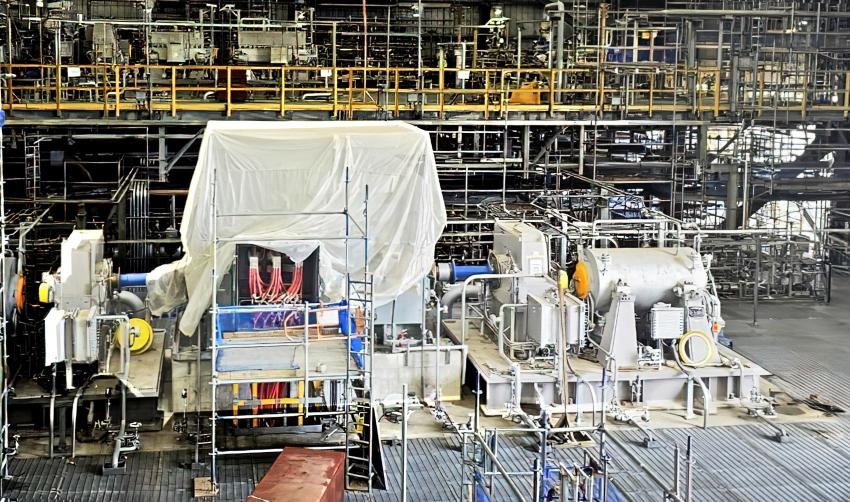Sulphur 419 Jul-Aug 2025

16 July 2025
Oil sands production to reach record this year
Oil sands production to reach record this year
S&P has raised its 10-year production outlook for the Canadian oil sands. The latest forecast expects oil sands production to reach a record annual average production of 3.5 million bbl/d in 2025 (5% higher than 2024) and exceed 3.9 million bbl/d by 2030; half a million barrels per day higher than 2024. The 2030 projection is 100,000 bbl/d (or nearly 3%) higher than the previous outlook. Despite a lower oil price environment, the analysis attributes the increased projection to favourable economics, as producers continue to focus on maximising existing assets through investments in optimisation and efficiency. While large up-front, out-of-pocket expenditures over multiple years are required to bring online new oil sands projects, once completed, projects enjoy relatively low breakeven prices.
The outlook continues to expect oil sands production to enter a plateau later this decade. However, this is also expected to occur at a higher level of production than previously estimated. The new forecast expects oil sands production to be 3.7 million bbl/d in 2035. Export capacity, already a concern in recent years, is a source of downside risk now that even more production growth is expected. Without further incremental pipeline capacity, export constraints have the potential to re-emerge as early as next year, the analysis says.






